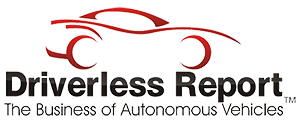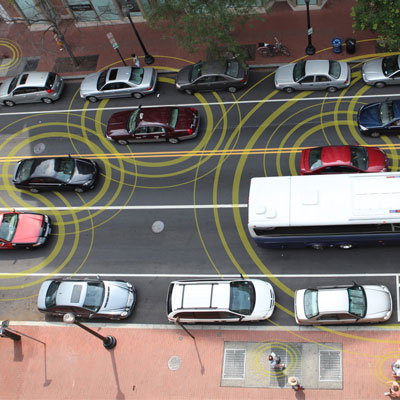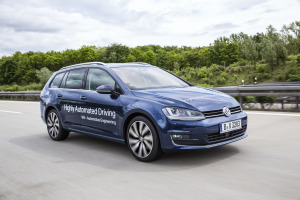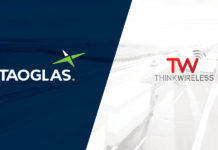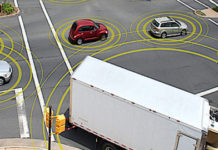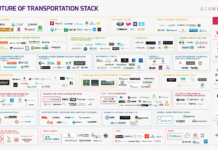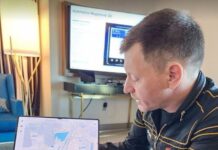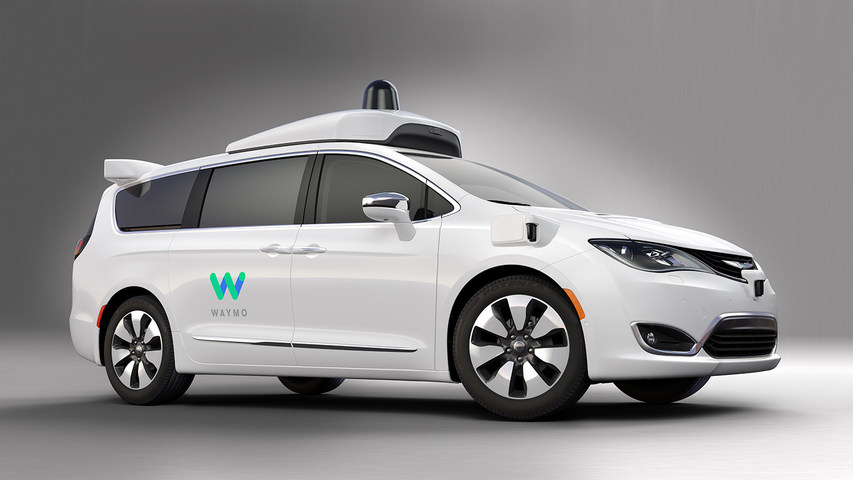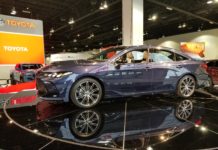- Where does IAV see the autonomous vehicle market heading? Is it too soon to be optimistic about cars that drive themselves in five years?
- What kind of technology hurdles do you envision for autonomous vehicles? Is this program an extension of IAV’s connected car research?
- Will the first adopters be in the public transit arena?
- What is IAV’s strategy/future product offerings for automated driving?
- IAV’s primary focus is on the targeted development of safer vehicles. This is strategically accomplished through incremental integration of more capable sense technology and more enhanced vehicle control functions. Over time these individual/discrete sensors & functions will realize a library of vehicle functionalities that can ultimately enable broader levels of semi-autonomous/autonomous operation. While the technology to enable autonomous operation is rapidly maturing, the complexities of all the environmental scenarios and conditions that the vehicle will have to endure means an extensive level of functional and failure mode test & validation. Given these complexities, a five year time horizon for autonomous operation is overly optimistic. However, there will be semi-autonomous technology deployed in this time horizon that will enable significant levels of “Highly Automated Driving”.
- Sensor technology advancements are needed to enable cost effective sense solutions viable for large volume vehicle integration. While significant strides have been made over the past 5 years to develop lower cost and farther ranging sense technology there is still a significant level of technology maturity required to enable the desired vehicle features at a cost effective level.
- Public transit as an “early adopter” business model is viewed to be less probable in the near term as many of the technical challenges facing autonomous operation require significant research and development and capital investment. Most of this capital is centered on markets where the return on the investment can be substantial. At the moment, the most likely scenario for a reasonable ROI is in the premium brand automotive market, where consumers are willing to pay a premium for new technology. This market and the technology growth that will occur from this early adopter market will provide a foundation for cost effective proliferation of this technology to other markets where either the operational boundary conditions are narrower or the available capital is lower, which is typically where public transit would fall. Exceptions to this condition could be analogous to the light rail market where the interaction to the general public can be controlled and managed with isolated tracks or lanes of travel, but this would require significant planning and capital investment in infrastructure.
- IAV’s strategy is not based on a product offering, as we are an engineering consultancy focused on the development of technology. Our main focus is to work with OEMs and suppliers to help them clearly define and understand the vehicle level functional requirements that can be decomposed into system, sub-system and component requirements. These requirements can then be used to form the basis for the engineering development and technology development needed to fulfill the product objectives. IAV then works collaboratively with each of these stakeholders to enable the iterative realization of the required technology.
Chris Hennessy Vice President, Engineering IAV Automotive Engineering Inc. 15620 Technology Dr. Northville, MI 48168 office: (734) 233-3384 cell: (734) 219-8085 fax: (734) 233-3521 chris.hennessy@iav-usa.com http://www.iav-usa.com


